It’s easy to become complacent when it comes to studio lighting. I know I tend to use the same setup, again and again. But it really is a great idea to mix things up.
Here are three two-light setups that work on any portrait shoot.
Clamshell lighting
Clamshell is a classic for a reason. It just works, whether it be for personal branding, beauty or corporate headshots. It’s good, solid lighting.
Before taking the images for this article I hadn’t used clamshell in such a long time. I forgot just how good it can be! I will be putting it back in my lighting regime that’s for sure.
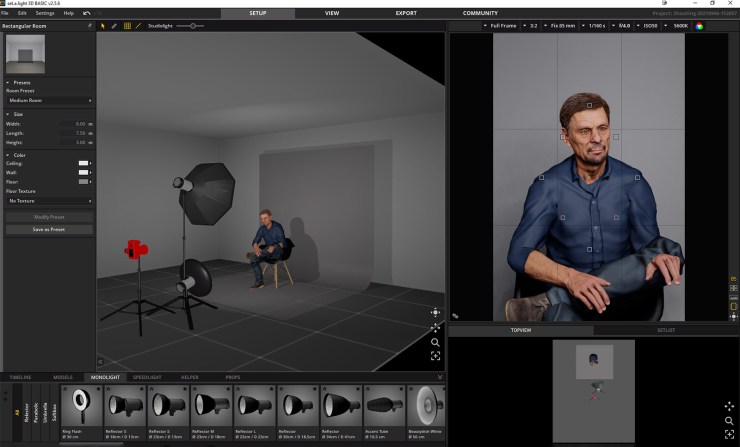
So what is clamshell lighting? It involves using two frontal light sources to illuminate the subject, helping to minimize shadows and often giving a glowing effect. This can also be achieved by placing a beauty dish above and a reflector under the subject’s face. The camera is placed straight onto the subject between the lights. Looking at the lights from the side sort of looks like a clamshell, hence the name.

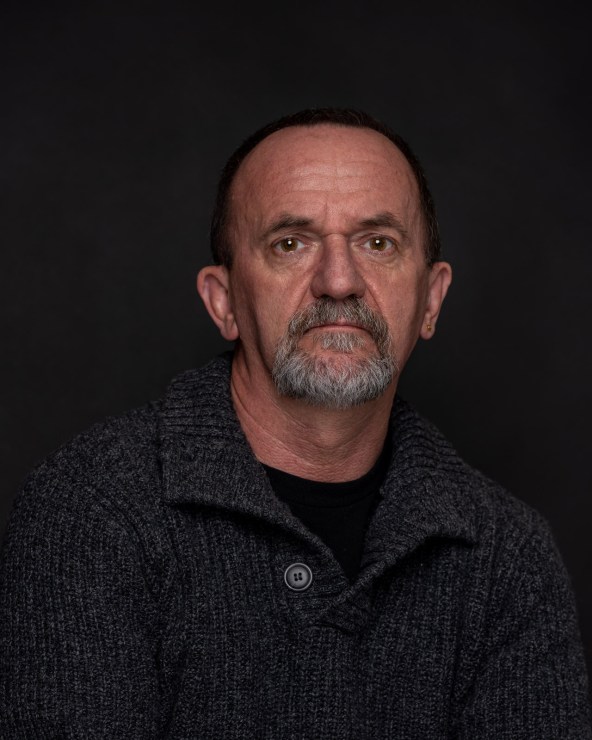
Rembrandt lighting
I must admit this is usually my go-to lighting, but I put my own spin on it. This is fairly standard in studios for portraits and cinematography. It can be done with two lights, or one light and a reflector. It is quite a natural look, yet a distinctive look.
Generally, the main light is set up slightly above the subject, angled down and placed at 4:00 (using a clock face as a reference). Next, the secondary light or reflector is placed at about 7 or 8:00. The camera is placed straight onto the subject between the lights.

This often leaves a telltale light on the subject’s cheek and a shadow from the nose to their cheek. It is so named for the painter Rembrandt, who often lit his models with window light in such a way. It is a beautiful two-light setup for creative portraits.
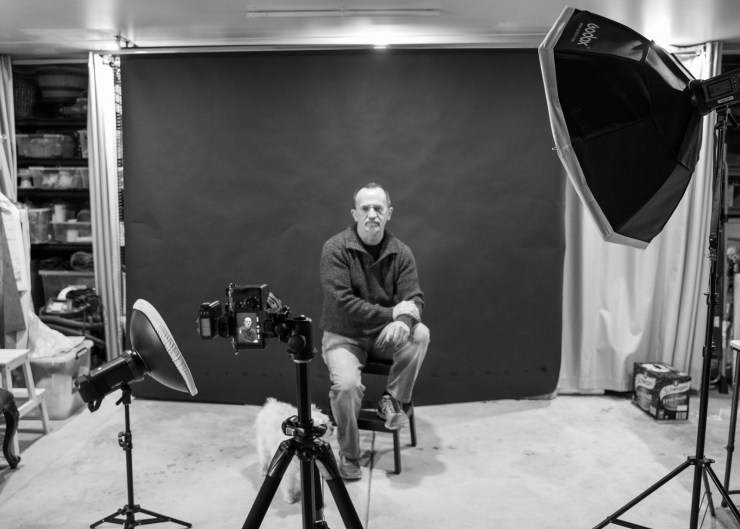
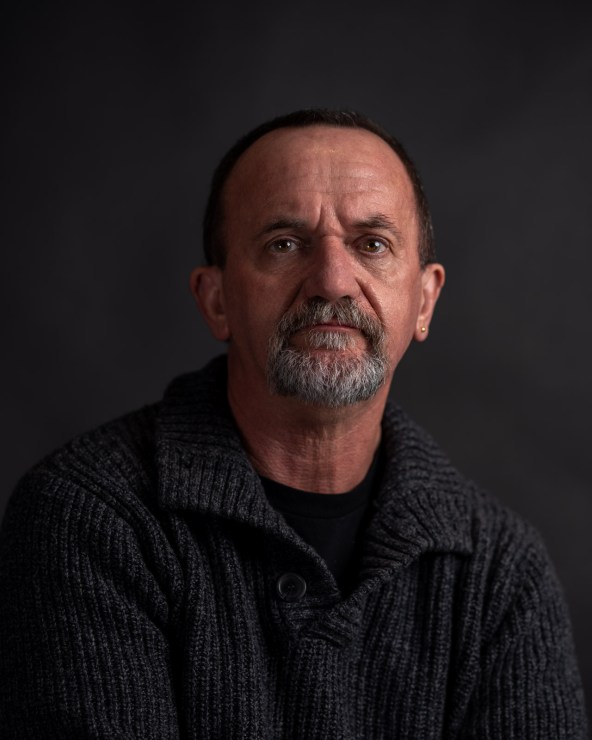
Cross lighting
I must confess I have not really used this particular setup before. I often use a rim light behind my subject when also combining with a two-light Rembrandt setup.
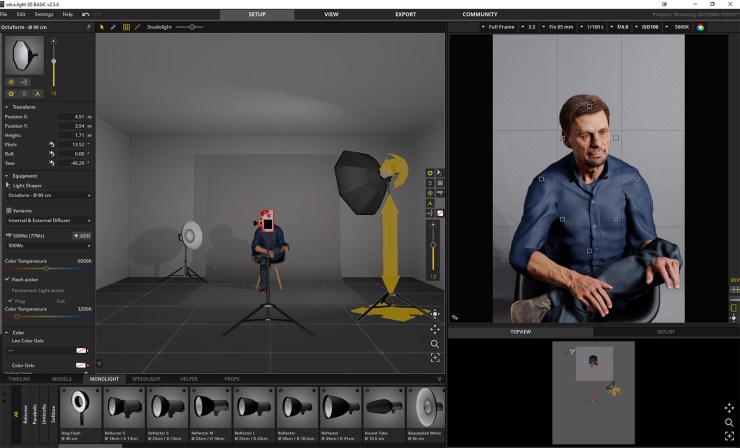
So what is Cross lighting? It is just two light sources that oppose each other in their directions, illuminating the subject from opposite sides. Using the clock reference again, I had the Octobox at 5:00 and the beauty dish at 11:00. I think a strip box would have worked better than the beauty dish in this case.
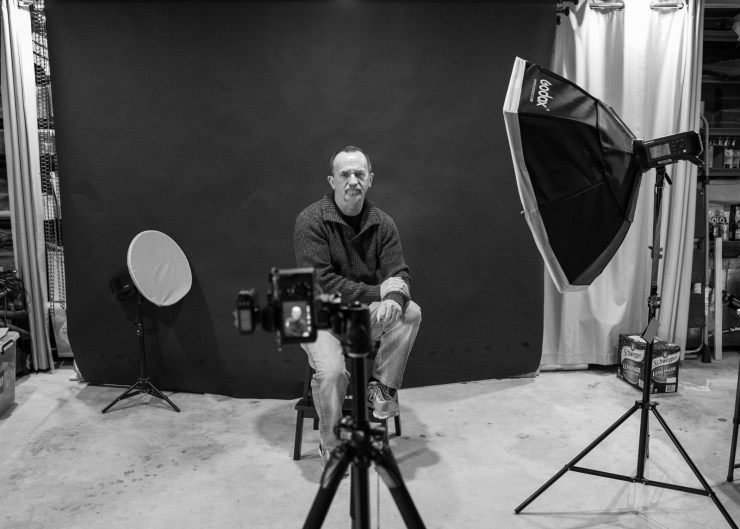
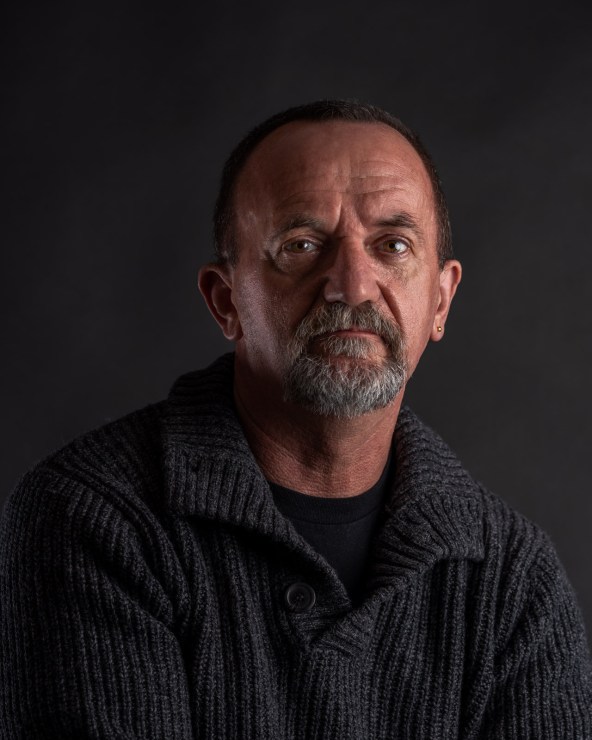
In the past 365 days, I have spent 240 days in lockdown, which means I didn’t have access to my gorgeous models. But my wonderful hubby agreed to step in. I used two Godox AD400Pro, a 36″ octobox and a 16.5″ beauty dish, while shooting with my Sony a7R III and Sony 85mm f/1.4 GM lens.
I must say it was just nice to play with the lights and have no expectations to explore different two-light setups and how they work with portraits. I learned to fall in love with clamshell lighting all over again, and I got some really lovely portraits of my husband without the usual masks, makeup or props that he frequently wears while in front of my camera.
Tell your story with the second annual Visual Storytelling Conference!
Experience four days of interactive, online training sessions featuring a range of educational content with experienced photographers and content creators. This free event kicks off with a series of technical boot camps to build essential skills, followed by live, online sessions on photography, video, business and social media. Join live from March 10-13, 2022!
